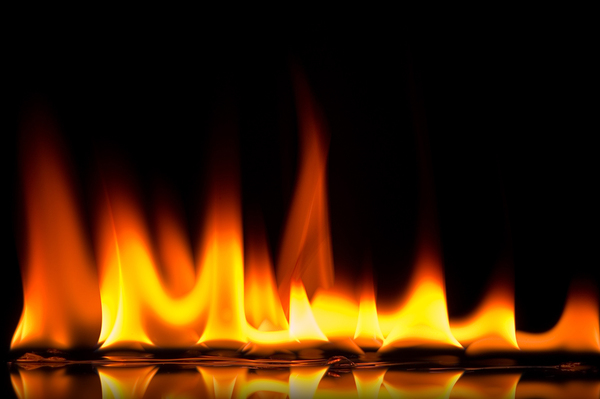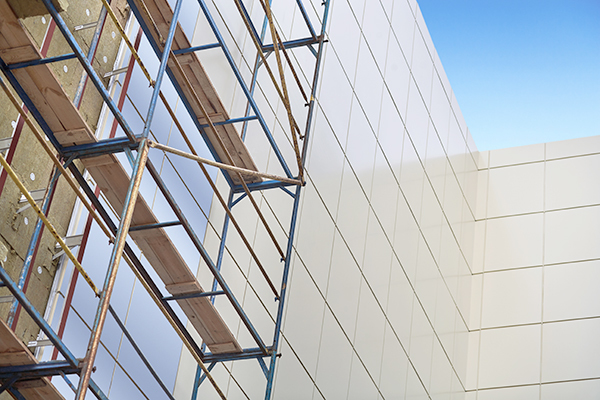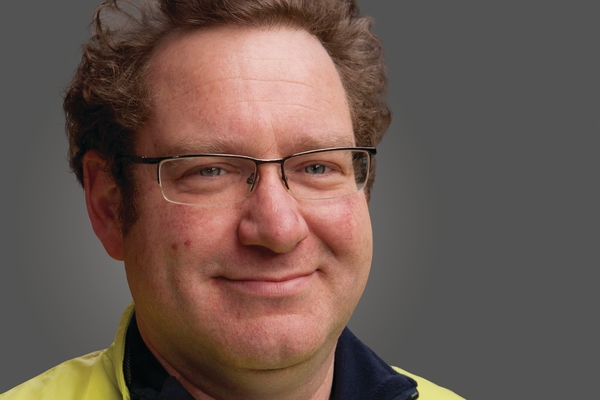Insulation companies clash over failure of non-combustible cladding
Insulation and cladding companies have clashed over fire tests that appeared to show products thought to be non-combustible, could be dangerous.
In a series of letters to the Housing, Communities and Local Government Select Committee, companies: Kingspan, Rockwool and Valcan argued over three large-scale cladding tests done on systems using only materials of limited combustibility.
Ordinarily, systems like this would not require large-scale tests because of official government guidance.
Kingspan, however, which manufactures combustible insulation, argues that this is not as safe a route as it has generally been considered.
Richard Burnley, managing director of Kingspan, wrote to the committee: “Kingspan has evidence of three failed large-scale fire tests where the cladding system was made up of A1 [non-combustible] and A2 [limited combustibility] products.”
Its argument is that small-scale tests determining the combustibility of materials are not sufficient to determine safety because if a system is built up in a certain way, it can still spread flame across it.
The company referred to three tests. The most significant one was one conducted by Kingspan themselves on other companies’ products – A2 aluminium cladding and A1 mineral fibre insulation. The company says this test failed but has yet to produce a full report.
Valcan, the company that manufactures the cladding used in that test, also wrote to the committee, claiming: “We have reviewed the test results and must stress that the panel tested was not installed according to the manufacturer’s guidelines.”
In another letter to the committee, Rockwool argued: “Absent the full test report, one cannot draw any meaningful conclusions from a simple declaration of a test’s result.”
Experts consulted by Inside Housing also said they would prefer to see the full test report before passing judgement either way, though one expert acknowledged that manufacturer’s guidelines are not enforced by government guidance.
A second test, Kingspan claimed, was done in October 2016 on similar products, and failed when flames spread to the top of the rig. Kingspan was unable, again, to produce a report for this test, saying that none was made.
The third was an Australian test on similar products, which passed the Australian test but, as Kingspan pointed out, would have failed on UK criteria. This system, however, did not use cavity barriers, something required under official government guidance.
In a statement to Inside Housing, Kingspan said: “Kingspan stands fully behind Mr Burnley’s evidence to the Housing, Communities and Local Government Committee that the test failure clearly demonstrates that systems combining non-combustible and limited combustibility products can still fail the BS 8414 test and therefore may not be safe for installation on tall buildings.
“Kingspan’s view is that BS 8414 is a rigorous test and that any systems being installed on tall buildings should have to pass this test. This view is consistent with the report of the housing committee which this week proposed that systems should be subject to full-scale fire tests to ensure their safety.”
The company added that once the report is available, it will be published on the Kingspan website.
Never Again campaign
In the days following the Grenfell Tower fire on 14 June 2017, Inside Housing launched the Never Again campaign to call for immediate action to implement the learning from the Lakanal House fire, and a commitment to act – without delay – on learning from the Grenfell Tower tragedy as it becomes available.
One year on, we have extended the campaign asks in the light of information that has emerged since.
Here are our updated asks:
GOVERNMENT
- Act on the recommendations from Dame Judith Hackitt’s review of building regulations to tower blocks of 18m and higher. Commit to producing a timetable for implementation by autumn 2018, setting out how recommendations that don’t require legislative change can be taken forward without delay
- Follow through on commitments to fully ban combustible materials on high-rise buildings
- Unequivocally ban desktop studies
- Review recommendations and advice given to ministers after the Lakanal House fire and implement necessary changes
- Publish details of all tower blocks with dangerous cladding, insulation and/or external panels and commit to a timeline for remedial works. Provide necessary guidance to landlords to ensure that removal work can begin on all affected private and social residential blocks by the end of 2018. Complete quarterly follow-up checks to ensure that remedial work is completed to the required standard. Checks should not cease until all work is completed.
- Stand by the prime minister’s commitment to fully fund the removal of dangerous cladding
- Fund the retrofitting of sprinkler systems in all tower blocks across the UK (except where there are specific structural reasons not to do so)
- Explore options for requiring remedial works on affected private sector residential tower blocks
LOCAL GOVERNMENT
- Take immediate action to identify privately owned residential tower blocks so that cladding and external panels can be checked
LANDLORDS
- Publish details of the combinations of insulations and cladding materials for all high rise blocks
- Commit to ensuring that removal work begins on all blocks with dangerous materials by the end of 2018 upon receipt of guidance from government
- Publish current fire risk assessments for all high rise blocks (the Information Commissioner has required councils to publish and recommended that housing associations should do the same). Work with peers to share learning from assessments and improve and clarify the risk assessment model.
- Commit to renewing assessments annually and after major repair or cladding work is carried out. Ensure assessments consider the external features of blocks. Always use an appropriate, qualified expert to conduct assessments.
- Review and update evacuation policies and ‘stay put’ advice in the light of risk assessments, and communicate clearly to residents
- Adopt Dame Judith Hackitt’s recommended approach for listening to and addressing tenants’ concerns, with immediate effect
CURRENT SIGNATORIES:
- Chartered Institute of Housing
- G15
- National Federation of ALMOs
- National Housing Federation
- Placeshapers
The Paper Trail: The Failure of Building Regulations
Read our in-depth investigation into how building regulations have changed over time and how this may have contributed to the Grenfell Tower fire:












